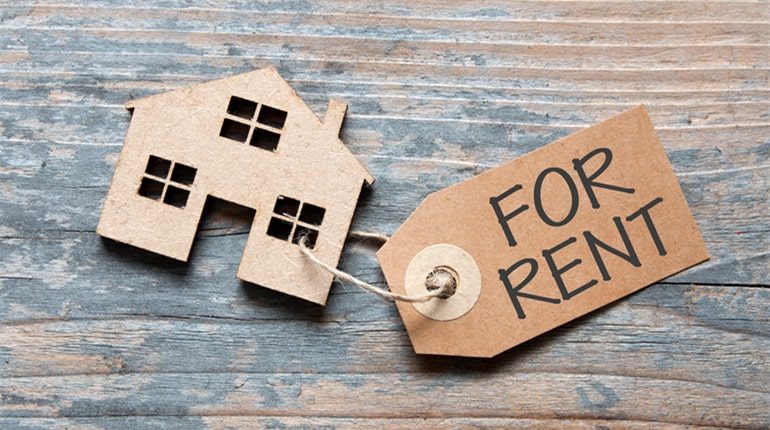Increasing rental income in property management is a key objective for landlords, property managers, and real estate investors. There are several strategies that can be implemented to achieve this goal, including optimizing rent rates, reducing vacancies, improving property conditions, and implementing value-added services. Keep on reading to find out more about rental property management.
Optimizing Rent Rates
Optimizing rent rates is one of the most important factors in increasing rental income. Setting the rent too low can result in lost revenue, while setting it too high can result in longer vacancy periods. To optimize rent rates, landlords and property managers should conduct a comprehensive market analysis to determine the prevailing rental rates in the area. The analysis should take into consideration the property’s location, size, amenities, and other features that may make it more or less desirable than competing properties. Once the market analysis is completed, landlords and property managers should adjust the rent rate accordingly to achieve the optimal balance between rental income and occupancy rates.

Reducing Vacancies
Reducing vacancies is another effective way to increase rental income. Vacancies are a significant expense for landlords, as they result in lost rental income and often require additional marketing and maintenance expenses. To reduce vacancies, landlords and property managers should prioritize tenant retention by creating a welcoming environment and providing excellent customer service. They should also ensure that the property is well-maintained, including regular inspections and timely repairs. To attract new tenants, landlords and property managers should use effective marketing strategies, such as online advertising, social media, and property listings.
Improving Property Conditions
Improving property conditions can also lead to increased rental income. A well-maintained property is more appealing to tenants and can command higher rental rates. To improve property conditions, landlords and property managers should invest in regular maintenance and upgrades, such as painting, landscaping, and appliance upgrades. They should also prioritize safety and security by installing proper lighting, locks, and surveillance systems.
Value-Added Services
Implementing value-added services is another strategy that can increase rental income. Value-added services are additional amenities or services that are not included in the base rent but are available to tenants for an additional fee. Examples of value-added services include laundry facilities, pet-friendly amenities, storage units, and parking spaces. By offering these services, landlords and property managers can increase revenue and provide additional value to tenants.
Cost Saving
In addition to the above strategies, landlords and property managers should also focus on cost-saving measures to increase rental income. By reducing expenses, landlords can increase their net rental income and achieve higher profitability. Some cost-saving measures include energy-efficient upgrades, bulk purchasing, and outsourcing certain tasks to third-party vendors.

Conclusion
In summary, increasing rental income in property management requires a comprehensive approach that includes optimizing rent rates, reducing vacancies, improving property conditions, implementing value-added services, and focusing on cost-saving measures. By implementing these strategies, landlords and property managers can achieve higher occupancy rates, increased rental income, and improved profitability.






